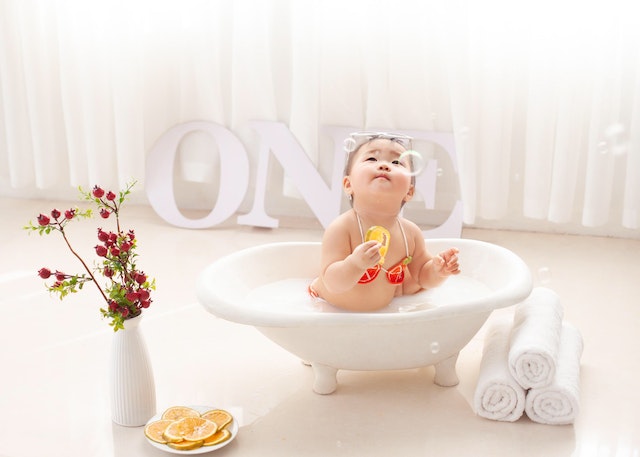Antibiotics and painkillers are commonly used medications for treating various illnesses and injuries in children.
However, the indiscriminate use of these medications can have negative consequences on children’s health,
including antibiotic resistance and the risk of addiction to painkillers.
Parents play a crucial role in the appropriate use of antibiotics and painkillers in their children’s treatment.
In this article, we will discuss some techniques for promoting healthy growth and development in young children while avoiding the unnecessary use of antibiotics and painkillers.
First, it is important for parents to understand when antibiotics are necessary and when they are not.
Antibiotics are used to treat bacterial infections such as strep throat or urinary tract infections,
but they are not effective against viral infections such as the common cold or the flu.
Overuse of antibiotics can lead to antibiotic resistance, making it harder to treat bacterial infections in the future.
Therefore, parents should always consult with their child’s healthcare provider before administering antibiotics to their child.
Second, parents should educate themselves on alternative treatments for their child’s illnesses.
Natural remedies such as herbal teas, steam therapy, and saline nasal sprays can be effective in treating common ailments such as colds, coughs, and allergies.
Additionally, good nutrition, hydration, and rest are important for maintaining a healthy immune system, which can help prevent illness.
Third, parents should be mindful of the risks associated with painkillers, particularly opioids.
Opioids are a type of painkiller that can be highly addictive, even when used as prescribed.
They should only be used for severe pain and under the guidance of a healthcare provider.
Non-opioid painkillers such as acetaminophen and ibuprofen can be used for mild to moderate pain,
but parents should follow dosage instructions carefully and not exceed the recommended amount.
Finally, parents should communicate openly and honestly with their child’s healthcare provider about their concerns and questions regarding medication use.
Healthcare providers can provide guidance on when to use medication, how to use it safely, and what alternatives are available.
In conclusion,
Parents play a crucial role in promoting healthy growth and development in young children, including the appropriate use of antibiotics and painkillers.
By understanding when medication is necessary, exploring alternative treatments, being mindful of the risks associated with painkillers, and
communicating with healthcare providers, parents can help their children stay healthy and avoid the negative consequences of overmedication.
![]()











